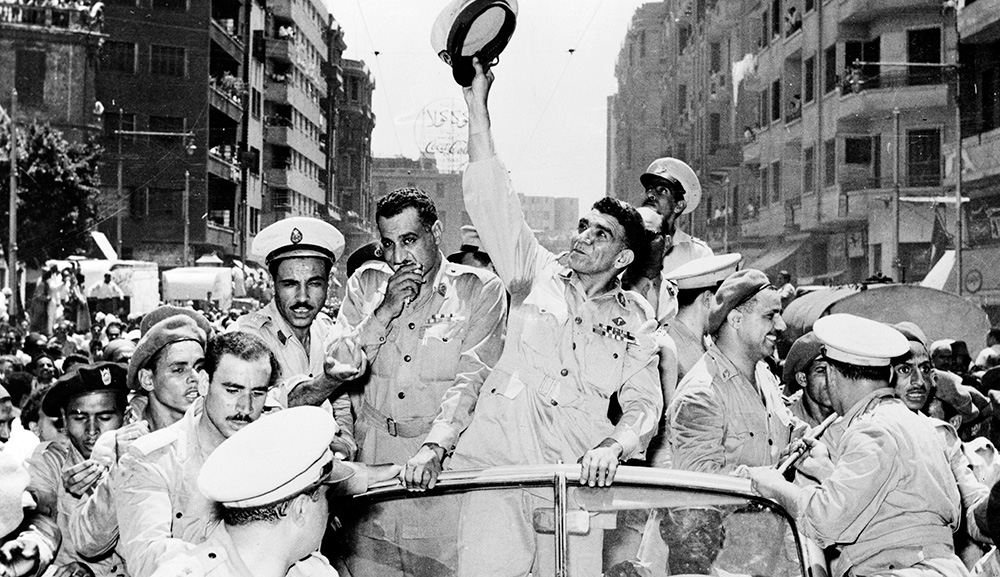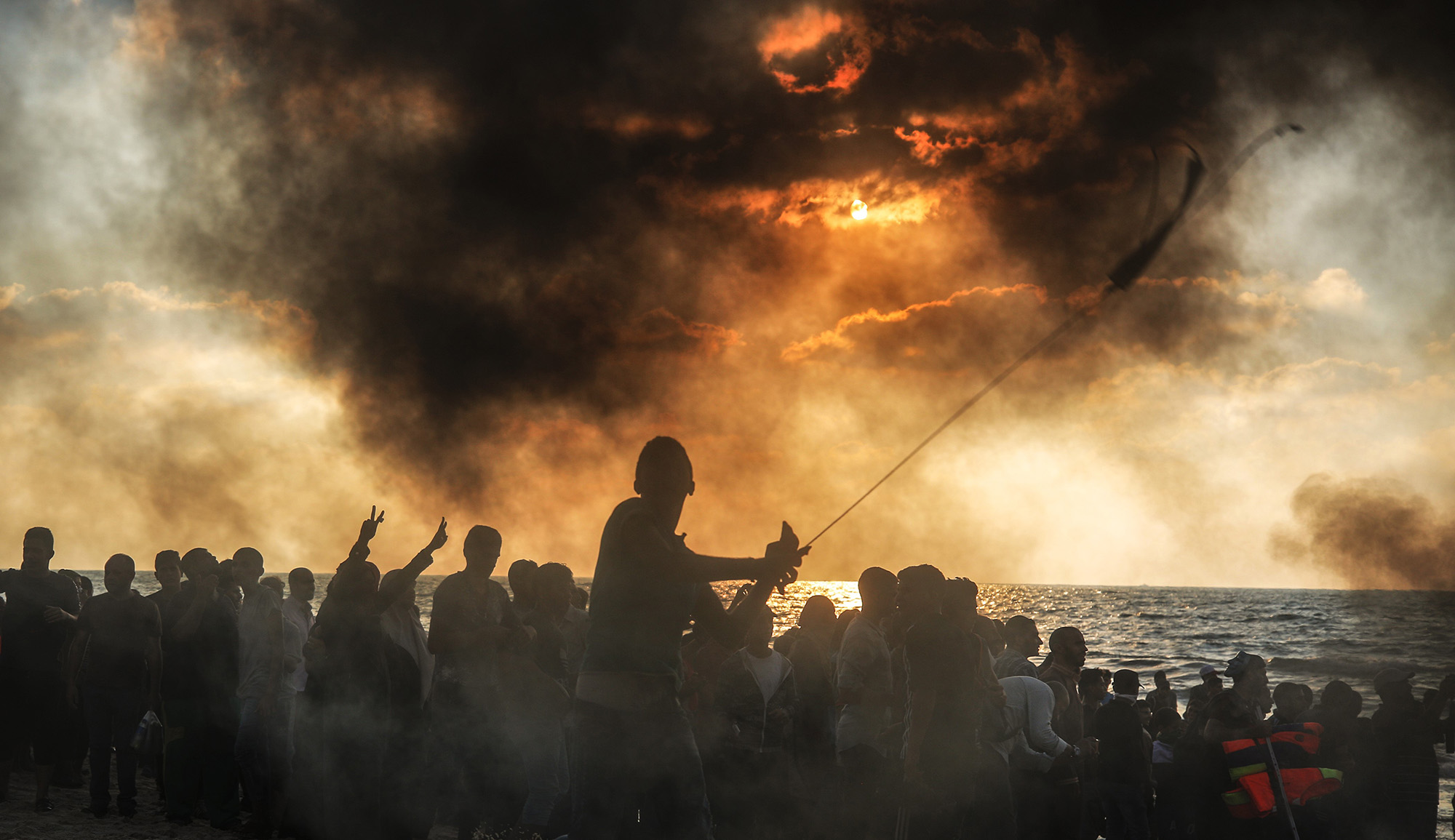From 1985 until 2000, the IDF maintained a buffer zone in southern Lebanon to prevent attacks on its territory by Hizballah and Palestinian groups. Ehud Barak, who withdrew Israeli forces from Lebanon during his tenure as prime minister, recently told an interviewer that he remains “very proud” of the decision. Meir Indor responds:
Barak [claimed] that he succeeded in “stopping what cost many soldiers their lives.” How dishonest and disrespectful is it to disregard the victims of the 2006 Second Lebanon War, who were casualties of that withdrawal? Here is the tally of the casualties: 165 Israeli civilians and soldiers killed and 2,628 injured. In that one war, Barak managed to surpass the number of lives [lost during the fifteen years in which Israel maintained the security zone]. . . .
[Furthermore], when then-Palestinian Authority president Yasir Arafat saw that the IDF was on the run under Barak’s leadership, he launched a terrorist offensive to kick [Israel] out of Judea and Samaria. Why would an older, more experienced terrorist follow the lead of Hizballah’s leader Hassan Nasrallah if the withdrawal were, [as Barak claims], a success? . . .
Meanwhile, Iran was in the background. Barak was warned [when he was considering withdrawal] that the Iranians wanted to build an army for the Shiites in Lebanon to threaten Israel from the north, in addition to the Palestinian threat from Hamas in the south. This is exactly what happened. It had been impossible for the Shiite terrorist group Hizballah to [organize itself into] an army, [which it now is], so long as the IDF remained in south Lebanon. . . . Hizballah militants even took over [Israeli] bases and appropriated weapons and equipment that was forgotten in the hasty rout [of the IDF]. Pictures of their victory with Hizballah flags raised were seen throughout the Arab world.
More about: Hizballah, Iran, Israel & Zionism, Lebanon, Second Intifada, Second Lebanon War


